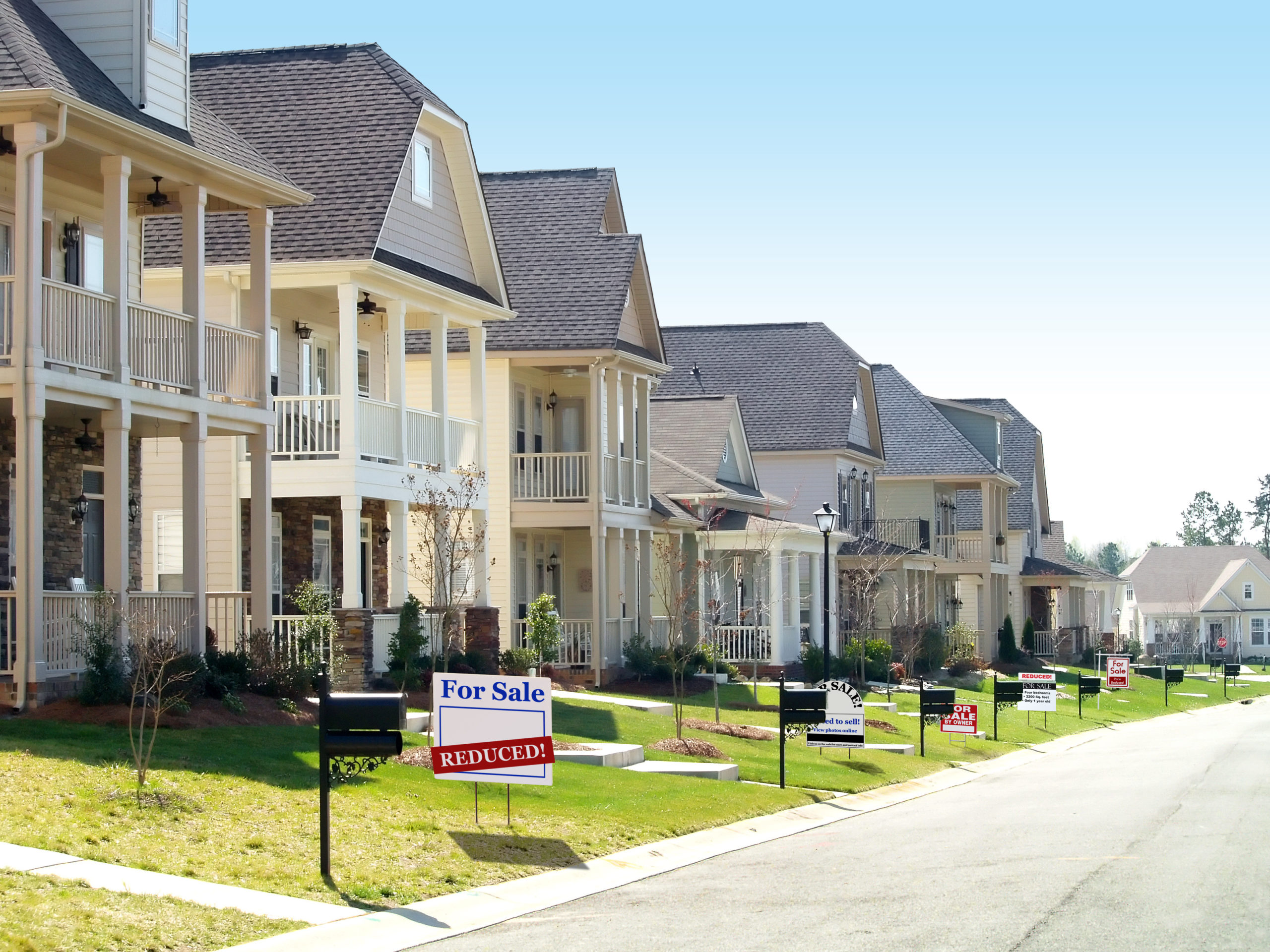This month marks a new chapter in real estate investing as landlords, homeowners, and tenants adjust to a world without eviction and foreclosure moratoria. We’re entering the post-moratoria era.
Last year, social distancing guidelines and business shutdowns in several states brought foreclosures and evictions to a grinding halt. As a result, eviction filings across the country fell 46.6 percent. As of July 30, 2021, 1.75 million homeowners face some type of forbearance. Contrast that with the 10 million homeowners who lost their homes during the financial crisis of 2008.
The foreclosure moratorium ended on July 31, 2021. A set of new rules established by the Consumer Finance Protection Bureau (CFPB) gives those facing possible foreclosure a chance to explore their options before mortgage services are allowed to implement foreclosure proceedings. Unfortunately, these rules do not go into effect until August 31, 2021.
On the eviction side, the Centers for Disease Control and Prevention (CDC) had extended the eviction moratorium from June 30, 2021, to July 31, 2021. While the extension was allowed to remain in place, the U.S. Supreme Court left it in the hands of Congress to keep the moratorium extended past July. Congress tried but failed.
The question is, what does the post-moratoria era mean for real estate investors going forward?
Be Prepared for a Mass of Evictions in the Post-Moratoria World
In May, CNBC reported that 11 million Americans were behind on their rent. Many of them lost their jobs last year and haven’t returned to work. Nearly 4 million people expect to be evicted this month or next. But don’t think the fight over evictions is over. How successful landlords will be pursuing evictions right now depends on the states where they own properties.
On August 3, 2021, the CDC issued an eviction moratorium effective until October 3, 2021, but it only affects certain counties with substantial increases in COVID cases. That leaves eviction proceedings wide open in many areas of the country.
 In the Sixth Circuit (Tennessee, Kentucky, Ohio, and Michigan), the federal court ruled the CDC has no authority to pause evictions. Landlords in those states can proceed. In the District of Columbia, a federal judge ruled the CDC moratorium can stay. Any other challenges at the state or district level will likely take too long to render any decisions effective for the current situation. A challenge in the Supreme Court isn’t likely to do much to change it either. That means landlords and tenants are likely to duke it out with varying results in different counties and different states, probably through the end of the year.
In the Sixth Circuit (Tennessee, Kentucky, Ohio, and Michigan), the federal court ruled the CDC has no authority to pause evictions. Landlords in those states can proceed. In the District of Columbia, a federal judge ruled the CDC moratorium can stay. Any other challenges at the state or district level will likely take too long to render any decisions effective for the current situation. A challenge in the Supreme Court isn’t likely to do much to change it either. That means landlords and tenants are likely to duke it out with varying results in different counties and different states, probably through the end of the year.
Landlords who value their tenants could refer them to state and federal programs that offer rental assistance. At some point, however, all moratoria will come to an end and tenants who are still behind on their rent will face eviction.
What Will Mass Evictions Do to the Economy and Rental Market?
It could mean some rental properties are vacant for a period. If that happens and those properties remain vacant for months, some landlords could fall behind on their mortgages and be forced to sell or face foreclosure. We’ll likely see a subsequent increase in foreclosures in this post-moratoria world.
Is the Foreclosure Rate About to Go Through the Roof?
Even if we don’t see an increase in evictions, we’ll likely see an increase in foreclosures starting as early as the end of this month. All but one big bank said they will begin foreclosure proceedings immediately. Wells Fargo is the only large bank that said they’ll forego foreclosures until the end of the year.
While the situation is not as dire as it was in 2008, there are still plenty of homeowners behind on their mortgages. An increase in foreclosures is likely to have a ripple effect. On the flip side, it’s likely to lead to an increase in the secondary home market. Recently, the real estate market has been characterized by low supply and high demand. Practically everywhere. An increase in homeowners facing foreclosure will likely lead to increased opportunities for real estate investors in three key areas:
- Pre-foreclosures
- Bank-owned properties (REOs)
- Property flipping
Essentially, real estate has always operated on a “one man’s misfortune is another man’s fortune” principle. In a high-foreclosure environment, there will always be investors ready and willing to sweep in and buy up distressed properties, or buy properties from distressed owners, and put them back in the market.
Will Post-Moratoria Fallout Hurt or Help the Housing Market?
It will be hard to call it a market correction since much of what we’ve seen in the last year has been artificial. Not that the pandemic hasn’t been real, but the eviction and foreclosure moratoria have impacted what was a healthy real estate market and created artificially low eviction and foreclosure rates. When the floodgates are opened and landlords are allowed to evict tenants again while lenders are allowed to foreclose on properties, that will create a huge shift in both the rental and homeowner markets. We could face a seismic shift.
That’s seismic, not catastrophic.
In other words, what we’ll see are a load of evictions and foreclosures leading to a bunch of homes getting dumped in a short period of time. That will be accompanied by an economic ripple, but there are wealthy investors already poised to buy these homes when they hit the market. Some of them will likely be institutional investors with deep pockets. Once the dust settles, there will be a new wave of homeowners and lower inventory again. Remember, there are still a lot of people looking to buy homes that are not on the market. A flood of foreclosures will increase the inventory in the short term.
That’s both good news and bad news. Bad news if you’re a tenant facing eviction or a homeowner facing foreclosure. It may be good news if you’re in the market to buy a home and can’t afford one or can’t find one for sale. A glut of foreclosures could just as well bring down home prices as they add new homes to the market.
While the situation in 2008 was dismal, the situation now is less threatening. When the pandemic is over and the fallout from the moratoria lifting has passed, the market should return to its previous pre-pandemic state. Real estate investors should be looking for opportunities.


